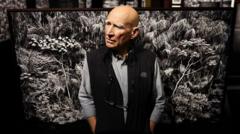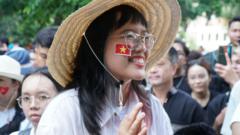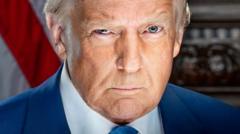The Vietnam War, which reached its formal conclusion on April 30, 1975, marked a significant chapter in both military and social history, reverberating far beyond the battlegrounds of Southeast Asia. As we commemorate the legacy of this conflict 50 years later, it becomes evident that the power of imagery during this time reshaped America’s understanding of war and its own identity.
Photojournalists of diverse backgrounds documented the harsh realities of the Vietnam War, effectively transforming the narrative surrounding military intervention and civilian suffering. These brave reporters ventured into perilous settings, capturing both the brutality of combat and the resilience of human spirit. Their work was not merely a collection of images; it was a profound commentary on the consequences of war, as expressed poignantly in Tim O’Brien’s "The Things They Carried," where he notes, “I survived, but it’s not a happy ending.”
Photographers like Dickey Chapelle, the first female photojournalist to die in Vietnam, and Tim Page, along with Henri Huet, who infused humor into his candid shots, provided a spectrum of perspectives that struck a chord with audiences worldwide. Their photographs not only revealed the physical destruction wrought by conflict but also highlighted the emotional toll on soldiers and civilians alike, fostering a nationwide dialogue about the morality and implications of American presence in Vietnam.
Ultimately, these vivid images from the Vietnam War served as a catalyst for a shift in public opinion. As Americans witnessed the grim realities of war unfold on their television screens and in newspapers, it amplified the anti-war sentiment across the country, impacting politics and societal values. The power of visual storytelling during this era emphasizes the critical role of media in shaping public consciousness, reminding us that the lessons learned from these poignant images remain relevant today as we continue to navigate complex global issues.






















